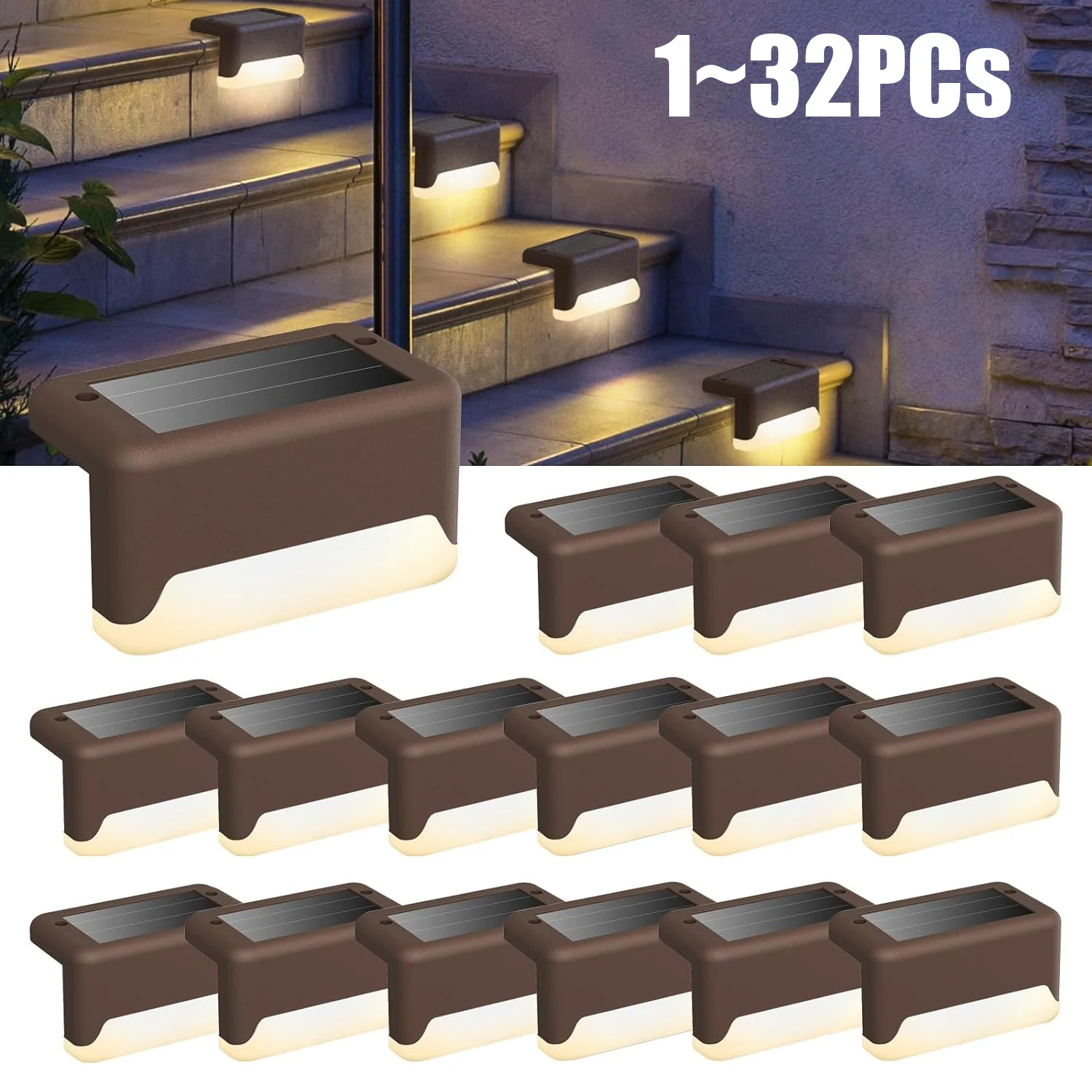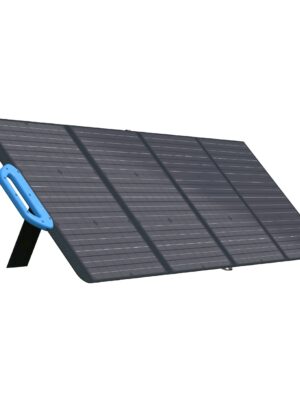Investors Skew Real Estate Mkt. Ordinary Buyers Can’t Compete
(Psst: The FTC wants me to remind you that this website contains affiliate links. That means if you make a purchase from a link you click on, I might receive a small commission. This does not increase the price you’ll pay for that item nor does it decrease the awesomeness of the item. ~ Daisy)
We all know something’s rotten in real estate. Even people paying no attention to markets notice how dramatically rent and property values have risen. In my area, property values have quintupled in the last ten years. What bought a house on acreage ten years ago now wouldn’t get you a small house on a tiny lot in a terrifying neighborhood.
It’s not that tons of people are moving to my state. Nearly as many are leaving. It’s also not that there is a building shortage. Enormous housing subdivisions are going up, but they’re full of $500,000 homes in an area where the median income is $80,000. It just doesn’t make sense.
Investment firms are snapping up homes.
That is, unless you’re looking at homes not as a place for real people to inhabit but as investment opportunities. Sellers are usually happy to sell to investment firms because they can pay so much more than average individual buyers, but that’s because investment firms have access to much lower interest rates.
While investors dramatically slowed down their purchases of single-family homes in 2023 due to the mortgage rate increases, they still purchased about 18% of homes sold because individuals have slowed down their purchases of homes, too.
Everyone knows that the luxury home bubble is going to burst at some point, and investment firms are backing off accordingly. This year they have shifted their focus to low-income homes, buying up an increasingly large share of starter homes around the country. Investment firms see these as safer bets financially, but this concentration of cheaper homes into the hands of investment firms makes it harder than ever for lower earners to buy their own homes.
Rural land is being artificially inflated by investors too.
Some young people have been thinking, well, maybe I’ll just move to the country, buy some cheap acreage, and do the homesteading thing. But farmland prices have been artificially inflated, too.
Now, I know for a fact that many investors simply look at aerial photography, pick out pieces they think look interesting, and then start making offers. I know because I live on an interesting-looking piece of property, and I have been contacted by investors who know absolutely nothing about the zoning laws or long-term plans in my area.
They do similar things with farmland, except that misreading aerial photography with farmland can have much bigger consequences in terms of price. Looking at the 2023 Nebraska Farm Real Estate Report, you can see that, for the Southwest portion of the state, center-pivot irrigated cropland is worth $5495 per acre, whereas dryland cropland with irrigation potential goes for $2080 per acre, less than half the price. And I’m using Southwest Nebraska as an example, but land all over the drier parts of the High Plains shows a large price disparity between irrigated and non-irrigated cropland.
If investors see the hardware in aerial photography, they sometimes assume it’s irrigated and pay irrigated prices. Of course, anyone that actually wanted to farm would confirm that before making any kind of commitment, but many investors don’t because they really don’t care. It’s not about farming the land at all. It’s about simply having assets, and if they artificially drive up prices, so much the better for their balance sheets.
But so much worse for neighbors that now have artificially inflated land prices because those mean higher taxes. And so much the worse for any young people with limited capital that may have actually wanted to farm.
And a lot of the investors are foreign.
And it just keeps getting weirder when foreign investors get involved. While it’s well known that Bill Gates is the largest individual landowner in the U.S., he’s hardly the only non-farmer buying farmland.
There has been a great deal of talk about the Chinese buying up farmland. While they only own about 1% of American farmland, it’s still a matter of concern in that they seem to be most interested in farmland near military bases.
Last summer, a Chinese group bought 300 acres of farmland in North Dakota, about twenty minutes from an Air Force base. More recently, an entity called the Flannery Group spent $800 million buying farmland adjacent to Travis Air Force Base in California, then sued the farmers, which the farmers and local politicians are considering an intimidation tactic.
A lawyer for Flannery Group claims that it represents American, British, and Irish interests, though not one actual person in the firm has been identified, even after an 8-month investigation conducted by the Air Force’s Foreign Investment Risk Review Office. Due to the similarity of the land purchase in North Dakota, people are speculating that this may be related to Chinese espionage, as well.
The sad fact of the matter is, Americans are competing for homes not only with each other, but also with the investor class both here and abroad. I don’t know if this is intentional or not, but I do know that, historically, large populations being forced off their land is associated with all kinds of ugly things. There are many factors at play here, but one fact stands out: it is really difficult to get your foot in the homeownership door.
What do we do?
So, what are we supposed to do? Throw up our hands in the air and say, well, I guess we’ll never have grandchildren because the kids can’t afford the lifestyle we raised them to expect.
No. Just because times are tough doesn’t mean we give up. It just means we have to think outside the box. I have watched some friends make some interesting choices to enable their young adult children to afford pleasant living spaces, and I’d like to share these ideas in case they help anyone else.
One set of friends, a married couple, purchased a home in their neighborhood as they approached the end of the mortgage on their primary residence. Because they were buying from an elderly neighbor with whom they’d already had a long-established relationship, they avoided realtor fees and got a good price. They now keep the second house as a rental property for their young adult children. Everyone has some needed privacy; the kids have more stability than they would have otherwise; the parents have a modest income stream that pays for the second mortgage.
Another friend, an older divorcee, sold her home and bought a house with a large, detached garage. She converted the garage into a studio apartment for herself and rents the house to exceptionally well-behaved college students. Her adult son, who lives in town, helps with maintenance. She has an income stream that allows her to work part-time and the college kids feel like they struck a gold mine.
Other friends, who bought acreage more than a decade ago, rent space to campers. If you’re in an unincorporated area, camper parking is often pretty unregulated. This can be a good option for young adults that need their own space and their own responsibilities but are priced out of the conventional housing market.
I am against handouts. Young people need to grow up, and learning how to take care of their own living space is part of that. I was a young mom. Even though my marriage didn’t work out, I loved being a young parent. I see no reason why married 25-year-olds shouldn’t have kids. But married people need privacy, which you don’t have if you’re crashing in your dad’s basement.
If you want grandchildren, if you have an extended family you’re concerned about, it’s time to rethink expectations of when people will be able to buy their own homes. If the young people in your life are working hard and have an income, just not an income high enough for the conventional housing market, maybe it’s time to take another look at property already owned by the family, and see how it can be rearranged or subdivided so that part of it can be rented by the younger members.
It’s going to get worse before it gets better.
Housing prices are beginning to level off in many parts of the country, but it is by no means uniform. With rising interest rates, mortgage payments are actually still increasing in most places. If your family is tied to an expensive part of the country like mine is, waiting for prices to crash may take longer than you want.
Despite claims from the White House, I don’t think we’re in for a “soft landing.” I suspect things will get worse before they get better. But those who do best in turbulent times will be the ones used to working hard, who have friends and family they’re willing to work hard with, who are willing to pool resources, and who can think outside the box when it comes to their usable assets.
What are your thoughts on investors driving up housing prices to unreachable levels? Do you think it’s all about money or do you believe there’s something else at play here? Do you have any ideas for people who would like to buy property but just can’t afford it at today’s prices?
Let’s discuss it in the comments section.
About Marie Hawthorne
A lover of novels and cultivator of superb apple pie recipes, Marie spends her free time writing about the world around her.
Please Support Our Sponsors
Solar Power Generator Discounts Along With Free Shipping
- 10% OFF for Jackery Solar Generator 2000 Pro Series with code "JADEAL"
- 10% OFF for Jackery SolarSaga 200W Solar Panel with code "JADEAL"
- 10% OFF for Jackery Solar Generator 1500 Series with code "JADEAL"
- 10% OFF for Jackery Solar Generator 1000 Series with code "JADEAL"
- 10% OFF for Jackery Explorer 1500 Portable Power Station with code "JADEAL"
- 10% OFF for Jackery Explorer 1000 Pro Portable Power Station with code "JADEAL"
- 10% OFF for Jackery Explorer 500 Pro Portable Power Station with code "JADEAL"
- 10% OFF for Jackery Explorer 300 Pro Portable Power Station with code "JADEAL"
- 10% OFF for Jackery SolarSaga 100W Solar Panel with code "JADEAL"

The University of Georgia is represented by the Georgia Bulldogs . The Bulldogs participate in the Southeastern Conference's (SEC) Eastern Division of the NCAA.
They play their home games in the storied Sanford Stadium in Athens, Georgia. The first season in Georgia was in 1892. In 1942, 1980, and 2021, the Georgia Bulldogs won three national championships.
The Georgia Bulldogs have additionally been crowned the National Champion in four additional seasons by at least one polling organization (1920, 1927, 1946 and 1968).
The Georgia Bulldogs are tied for second place in conference history with their 15 conference titles, including 13 SEC titles, and their 59 bowl appearances, which ranks second all-time.
In addition, the program has produced five top picks in the National Football League (NFL) draft, two Heisman Trophy winners, numerous winners of various national honors, and many others.

Longhorns football represents the University of Texas in Austin often known as Texas, UT or the Texas Longhorns. The Longhorns represent the Big 12 Conference in the NCAA Division. They play in Austin, Texas, at the Darrell K. Royal-Texas Memorial Stadium.
The Texas Longhorns are ranked third and seventh, respectively, in terms of all-time wins and win-loss records, with over 900 victories and an overall win-loss percentage of.705.
The legendary program also boasts four national titles, 32 conference titles, 100 First Team All-Americans, and two Heisman Trophy winners.
Get your Texas Longhorns Revival T-Shirt today. The Texas Longhorns Rustic Revival shirt is also a fan favorite.
Many college sports fans like to wear their gear all around town, get your Texas Longhorns Centered gear and show your support.





 Gettr
Gettr














